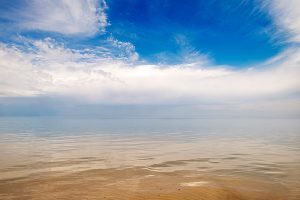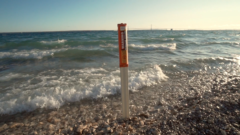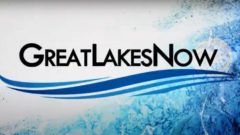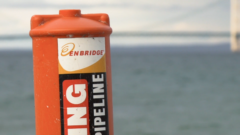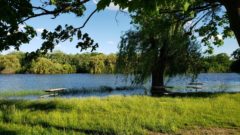We lost one of the more influential Great Lakes scientists of recent years this month. David Baker was for years a staple of scientific conferences, especially in the western Lake Erie watershed, for his presentations of algae-forming phosphorus and nitrogen data collected by Heidelberg University’s renowned National Center for Water Quality Research, which he founded more than 50 years ago. Read the full story by the Toledo Blade.
Brood X Cicada Emergence
NCEI News Feed
http://www.ncei.noaa.gov/news/brood-x-cicada-emergence

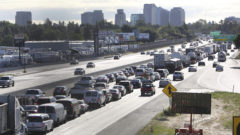
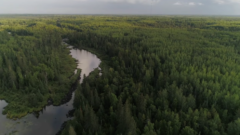
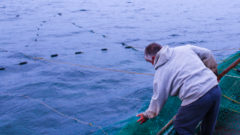
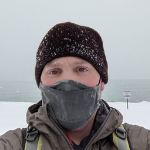 “Brian O’Neill spoke at more events this past year than any other Alliance Ambassador,” says Olivia Reda, Alliance Volunteer Engagement Coordinator. “He is an active participant in our deep dive trainings and reading discussions. And when the Alliance showed Ambassadors our Voter Toolkit in 2020, Brian followed up with creative ideas on how Ambassadors could effectively distribute the information. I am very happy to announce him as our Alliance Ambassador Volunteer of the Year.”
“Brian O’Neill spoke at more events this past year than any other Alliance Ambassador,” says Olivia Reda, Alliance Volunteer Engagement Coordinator. “He is an active participant in our deep dive trainings and reading discussions. And when the Alliance showed Ambassadors our Voter Toolkit in 2020, Brian followed up with creative ideas on how Ambassadors could effectively distribute the information. I am very happy to announce him as our Alliance Ambassador Volunteer of the Year.” “Mike Jabot is a long-time Team Leader who led 6 cleanups last year totaling 58 pounds,” says Tyrone Dobson, Alliance Senior Volunteer Engagement Manager. “He also helped us test our website over the course of two months. His feedback ultimately helped us create the great website we are using today. I am incredibly grateful for his work and I am happy to award him the Adopt-a-Beach Volunteer of the Year.”
“Mike Jabot is a long-time Team Leader who led 6 cleanups last year totaling 58 pounds,” says Tyrone Dobson, Alliance Senior Volunteer Engagement Manager. “He also helped us test our website over the course of two months. His feedback ultimately helped us create the great website we are using today. I am incredibly grateful for his work and I am happy to award him the Adopt-a-Beach Volunteer of the Year.” “Victoria Sullivan, one of our YPC members, took the idea of the bingo night and helped the YPC bring this fundraiser from idea to reality in a short number of weeks. Organizing this effort was no small feat,” says Dobson. “Her leadership on this project made the difference and I am proud to recognize Victoria as the Young Professional Council Volunteer of the Year.”
“Victoria Sullivan, one of our YPC members, took the idea of the bingo night and helped the YPC bring this fundraiser from idea to reality in a short number of weeks. Organizing this effort was no small feat,” says Dobson. “Her leadership on this project made the difference and I am proud to recognize Victoria as the Young Professional Council Volunteer of the Year.”